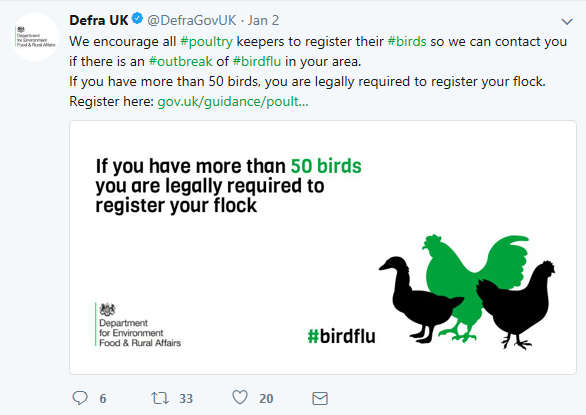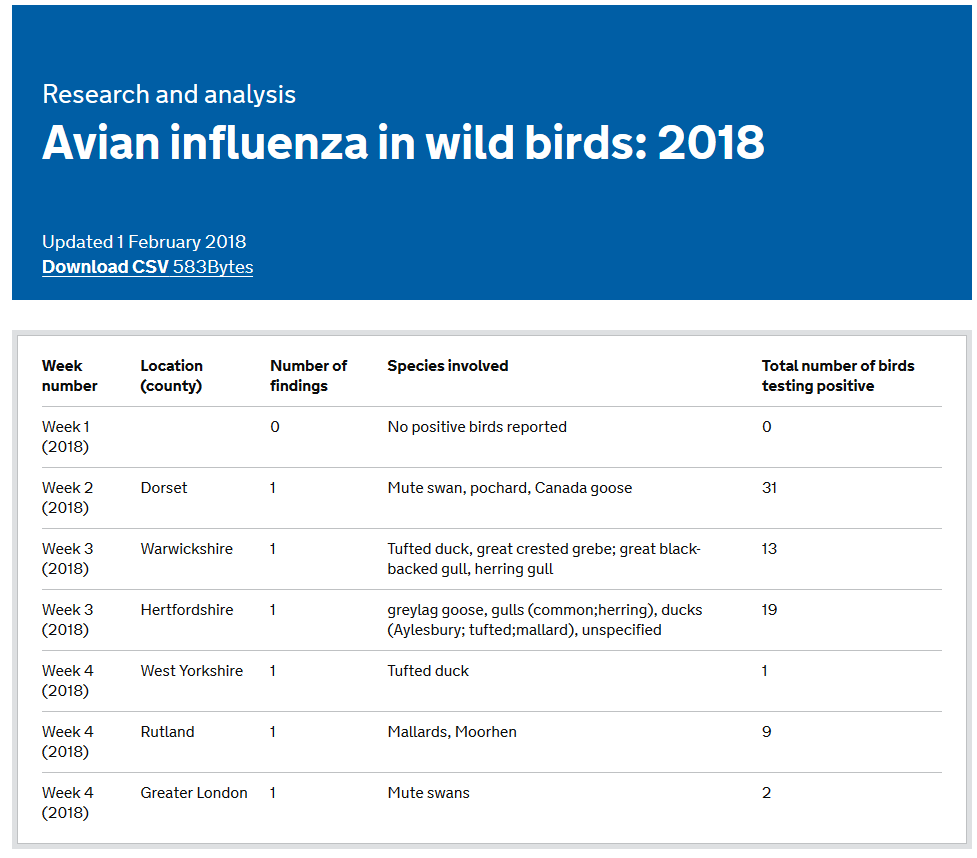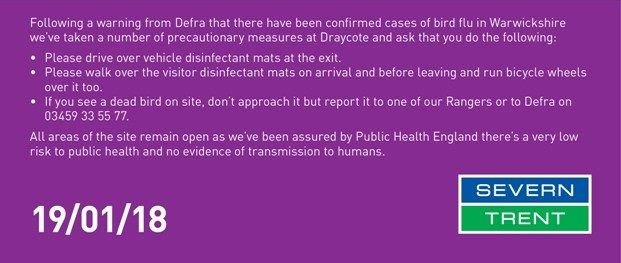
Yesterday Defra updated the information on cases of avian flu in ‘wild’ birds in the UK. Bird flu has now been detected in a range of species in a range of counties as follows:

I have some doubts about the value of the Defra and EU testing of ‘wild’ birds – see here and here.
Defra is rather cryptic about many aspects of avian flu, including the location of these outbreaks in ‘wild’ birds.
A bit of searching however turns up the following details:
Dorset case – Chesil Bank and Fleet Nature Reserve. This either includes or is adjacent to the Abbotsbury Swannery ‘the world’s only managed colony of Mute Swans‘. Several sources name Abbotsbury as the site.
Warwickshire case – Defra report that this was detected through a large (<70 birds) die-off reported by a ‘warden’ at a gull roost (thousands of gulls) which also holds waterfowl. Elsewhere the case is reported as being in Coventry and also Rugby. There are several lines of evidence, not simply this report, that suggest it was Draycote Water (a Severn Trent reservoir); for example this Defra report says that the Warwickshire site in the Leam Valley is ‘over 600 acres’ in size and Draycote Water is 630 acres, and looks to me to be the only water body of that size in Warwickshire. What do you think?
Hertfordshire case – Amwell Nature Reserve near Ware, Herts & Middx Wildlife Trust – here there is a discrepancy between the number of reported birds tested and the total found by Defra (perhaps earlier tests were added to by later positive results?).
West Yorkshire case – reported as being in a park in Wakefield.
Rutland case – reported as being at a river in Oakham
Greater London case – reported as being in a park in London and a lake in North West Lonndon (sic), near Hampstead.
Farming UK seems rather well-informed about the locations but who knows whether or not it is. Interestingly it points a rather blunt finger at gulls as being potentially important in carrying the virus to poultry flocks. I first assumed that this might be sheer prejudice since the words do not reveal a great knowledge of bird behaviour but I think that the folk at Farming UK have possibly been talking to Defra or may even have read the Defra report I mention below.
Draycote Water. Draycote Water, appears to be the Warwickshire site (gull roost, near Rugby and Coventry, in or near the Leam Valley, with a ‘warden’ and most tellingly over 630 acres in size). Oh yes – and it is named as the site in at least one place. Severn Trent are rather disingenuous about bird flu if their site really is the one with a large die-off of birds since their website for Draycote Water says

This Defra document begins to be a bit more analytical in exploring which species of wild bird are most likely to be important in transmission of the virus between wild birds and domestic poultry – they seem to be plumping for gulls. That isn’t a bad plump I would say, but there is a long way to go to get better information which will be of more use to the poultry industry. At the moment Defra appear to be grasping at straws.
[registration_form]
Visited Caerlaverock yesterday and mats were in several locations so you dipped your feet before entering. Felt like Foot and Mouth all over again minus the smell of burning flesh for those down south who missed it!
Well doesn’t seem the least bit like foot and mouth to me.Just a bit of flu that seems to bother most people very little by how long it took to get on the radar from when locals knew it was a Swannery which seems to get birds with it often even though no farming connection.Funny how conservationists jump up and down if bird flu has a farming connection but there has been very little publicity about it when in wild population as these cases seem to be.
Yes of course, it is the swannery.Usually it seems the bird flu often means a small number of birds may be killed each worth a small amount by supermarket prices whereas foot and mouth means probably millions of animals killed each worth several hundreds of pounds on average.No comparison whatever especially as locally no BTB,no F &M but dip buckets for boots at entrance to local cattle fields,just a sensible precaution.